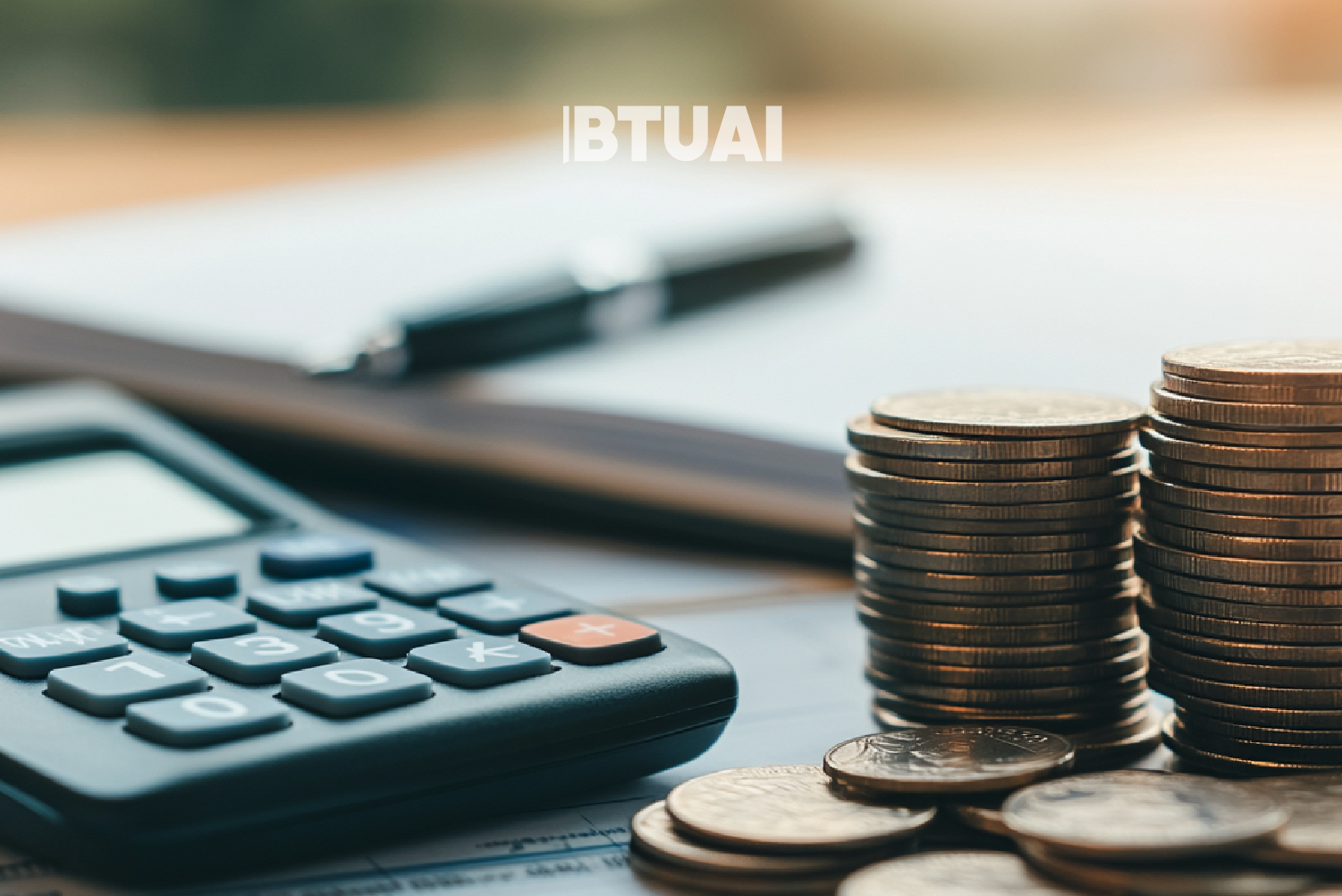Which Type of Deposit is Better in Georgia?
Deposits in commercial banks in Georgia have grown significantly over the past year. Deposits in national currency increased by

Deposits in commercial banks in Georgia have grown significantly over the past year. Deposits in national currency increased by about 17%, reaching 10.2 billion GEL, while foreign currency deposits grew by 15% to reach 20.3 billion GEL. Against this backdrop, the question arises: which deposit option is better for saving money – national or foreign currency? And which type of deposit is more advantageous: demand or term?
In the structure of deposits in national currency, term deposits make up about 58%, indicating that customers prefer more stable and high-yield products. Demand deposits account for only 6.4%. A similar trend is observed in foreign currency deposits, where term deposits represent 52%, while demand deposits make up just 2.4%. These figures highlight a strong interest in long-term savings, driven by the higher returns they offer.
Looking at interest rates in more detail, it becomes clear why term deposits are more popular. In national currency, a one-year term deposit offers an average rate of 11.5%, while demand deposits offer only 6.4%. The difference is striking – term deposits provide nearly double the returns. In foreign currency, the difference is smaller: one-year term deposits offer an average rate of 3.4%, compared to 2.4% for demand deposits. However, despite the generally lower rates in foreign currency, term deposits remain the better option for those looking to protect against exchange rate risks.
So, which option is best for you? If your funds are short-term and you may need access to them soon, demand deposits are simple and convenient, though their returns are limited. For example, in national currency, the lower interest rate on demand deposits makes them less attractive. However, if you don’t need to use the funds for 6–12 months or longer, term deposits are far more profitable, especially in national currency, where interest rates are significantly higher. In foreign currency, term deposits are recommended for those who save in dollars or euros and prioritize stability.
Ultimately, the choice should depend on your financial needs. For short-term savings, a demand deposit in national currency may be more practical. For long-term goals, term deposits, especially in national currency, offer much higher returns. It’s also crucial to consider the currency of your planned expenses – for domestic spending, GEL is preferable, while for foreign expenditures, deposits in dollars or euros are the better choice.




